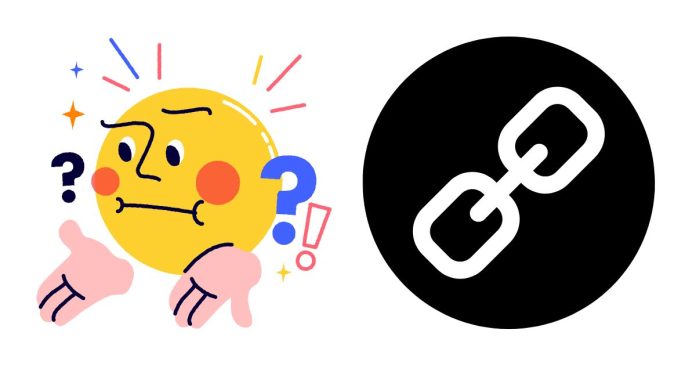what is a Cross-Connection
A cross-connection refers to a direct link between clean, potable water and non-potable water that could contain contaminants. This connection can pose a serious risk to public health, as it creates the possibility of harmful substances entering the drinking water system.
These connections typically occur when pipes carrying clean water are connected to pipes or systems carrying wastewater, chemicals, or other dangerous substances. One of the most concerning risks of a cross-connection is backflow, where non-potable water flows backward into the clean water supply, potentially spreading waterborne diseases and other contaminants.
To protect water quality, many communities enforce regulations that prevent cross-connections. For example, the installation of backflow prevention devices ensures that water only flows in one direction, safeguarding clean water from potential contamination.
Understanding what cross-connections are and how they impact water safety is important for homeowners, businesses, and facilities alike. By ensuring proper plumbing practices and implementing backflow prevention measures, we can help keep drinking water safe for everyone.
Related posts:
- What does ringing in the ears mean spiritually?
- What Colors Do Blue and Green Make?
- How Long Does Raw Chicken Really Last in the Fridge?
- What are some amazing and memorable Valentine’s Day ideas that will leave a lasting impression?
- What is the definition of ‘friends with benefits?
- What is the difference between a bachelor’s and a degree?


